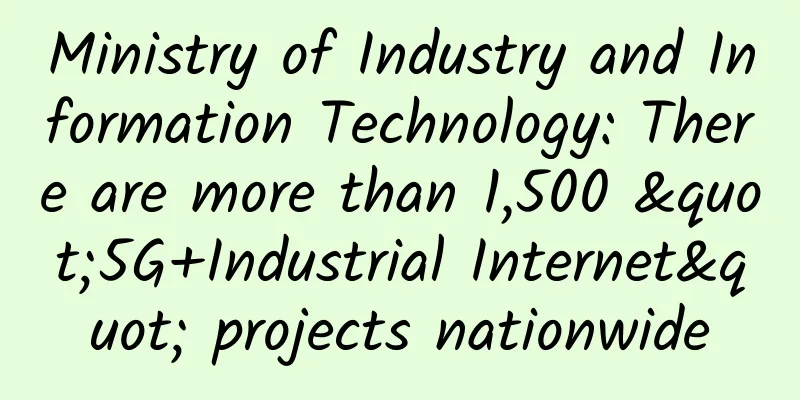US reportedly allows chip sales to Huawei but only for non-5G business

|
Things have been bad for Huawei since the US ban. First, they were not allowed to sell in the US. Later, they were banned from buying goods from any US company. They also lost their chipset manufacturer TSMC. This means Huawei can no longer use Kirin chipsets or trade with other US chipmakers. The last of these is the Kirin 9000 for the Mate 40 series. But a Financial Times report suggests the U.S. is finally allowing Huawei to deal with chipmakers for transactions. Huawei may be getting some relief as far as its smartphone business is concerned. According to the Financial Times, the US has begun allowing chip companies to supply components to Huawei. The only caveat is that these components should not be used for Huawei-branded 5G business. Actually, this is really big news. Huawei not selling products in the United States is a problem, but Huawei not dealing with chipset manufacturers is a bigger problem. Because China is Huawei's main market. But without the Kirin chipset, Huawei will lose that as well. So the lack of chipset manufacturers is a big problem for Huawei. Companies like Qualcomm and MediaTek tried their best to sell their chips to Huawei. But no progress was made. We might see Qilin again “The U.S. Department of Commerce has been telling companies in recent conversations that, while Huawei supply licenses are processed for denial, this can be overcome if you can prove your technology does not support 5G,” an unnamed chipmaker involved in the discussion told the Financial Times. The chipmaker was reportedly referring to Huawei’s 5G infrastructure business. As you know, Huawei is still the third largest mobile device manufacturer in the world. You can imagine how much impact their investments and deals will have on the economy. The Korean giant Samsung understands this. That's why they gave Huawei a chance. Samsung will supply OLED panels to Huawei. Now, Huawei may be able to solve a major problem with its chipsets. The news is not official yet. The final decision will come from the US Department of Commerce. We can only be assured when their official wording comes out. If this is a green light from the US Department of Commerce, then get ready to get Kirin back in action. What do you think of this news? Even if Huawei is able to get its chipmaker back, it will not be able to use Google services, which is another big problem facing Huawei. Between this latest relaxation and the move to allow Samsung Display to supply OLED panels to Huawei, the shadow of US restrictions appears to be lifting. While the U.S. will reportedly continue to restrict the company's access to 5G equipment, the recovery of other chip components could mean that Kirin's story isn't over yet. The Financial Times reported that two Asian semiconductor companies said they were optimistic about obtaining licenses to do business with Huawei. One of them said: "It has been shown to us that chips for mobile devices are not a problem." |
<<: What is 5G IoT and how will it change connectivity?
>>: How to integrate network management tools
Recommend
80VPS: Korean CN2 server from 350 yuan/month, 237IP US CN2/Hong Kong CN2 cluster server from 800 yuan/month
At the beginning of the month, we shared some pro...
The Central Cyberspace Affairs Commission: The number of active IPv6 users reached 528 million
Recently, a relevant official from the Cyberspace...
How much do you know about the black technology behind chips and how to make breakthroughs?
5G, big data, artificial intelligence (AI), the I...
Chinese Academy of Engineering Academician: 5G will consume 2.1% of national electricity consumption in 2026
On the afternoon of September 1st, at the "5...
Three ways to improve WiFi signal
"I'm stuck in a circle after watching ha...
Friendhosting's 13th anniversary: 50% off on all VPS, 10 data centers with unlimited traffic, starting at 16 euros per year
Friendhosting has launched a promotion for its 13...
Internet of Things Lecture: NB-IoT\eMTC\LoRa have their own division of labor
In 2018, the year of the explosion of IoT connect...
[Black Friday] RackNerd: VPS starts at $10.18/year, dedicated servers start at $59/month, multiple data centers in Los Angeles/San Jose/Utah, etc.
Just after Double Eleven, RackNerd released Black...
WiFi passwords are always cracked? Here are some tips to help you avoid WiFi hacks
With the development of mobile Internet technolog...
80VPS: Korean CN2 server starting from 350 yuan/month, 2*E5-2450L/8GB/1TB/10M bandwidth/quick launch
80VPS is a Chinese hosting company that was estab...
Dewu CDN domain name convergence and multi-vendor disaster recovery optimization practice
Background Too many CDN domain names cause reques...
One of the most popular network protocols - LoRaWAN?
Communication and network protocols are an essent...
XSX: Japan/Singapore dedicated servers 50% off, E3-1230v3/16GB/480G SSD only $57
XSX.net recently launched a 50% discount promotio...
India's 5G auction ends: government earns $10.6 billion, but no one is interested in 700MHz
India’s latest spectrum auction ended after two d...
The industry's first enterprise 5G router was successfully commercialized, and Huawei Network Innovation Technology Forum was successfully held in Beijing
[Beijing, China, July 22, 2020] Today, at the Hua...






![[Black Friday] BandwagonHost offers 10% off on all items, starting at $44.9 per year, CN2 GIA line 10Gbps bandwidth optional](/upload/images/67cac21ad5baa.webp)


